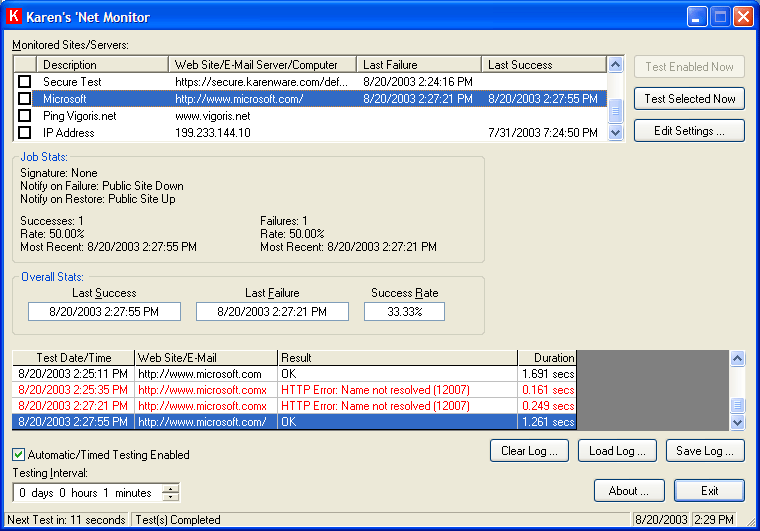Vb6 Serial Port Sniffer Source Code
Introduction First of all excuse my English since it is not my native language and this is my first article. In this article, I'd like to share 'what I know' about how to monitor serial ports. Please note that this is about 'what I know' and I could be wrong about what I understand about driver programming, specially in this article. If you find out that I am wrong, please let me know and we can discuss it further.

Jun 26, 2014 Download Serial line sniffer for free. Serial line sniffer (slsnif). Slsnif is a serial port logging utility. Serial line sniffer (slsnif). Slsnif is a serial port logging utility. It listens to the specified serial port and logs all data going through this port in both directions. And after changing just two lines of code I.
So, what is a serial port monitor? Well, I believe you know what it is.
The basic idea of this serial port monitor is: create a system driver and then add the filter driver functionality to it. Okay, let's get on to the detail. System driver As you can see in the source, this is just a system driver (without real hardware) and it implements minimal dispatch functions for the system driver. If you want to see the requirements of a system driver, please take a look at MSDN. In this driver, I simply forward an IRP sent to this driver to the lower level driver as the default handler and use 'standard PnP and Power dispatch handling' as the WDK suggest. This driver also handles open, clean up, close, read, and control request, plus handles some requests as a serial port driver IRP handler requirement in WDK (Window Driver Kits).
Attach to and detach from target device When a client application sends an IO control request to attach to a target device, IOCTL_DKPORTMON_ATTACH_DEVICE with a string parameter of the serial port name, the driver does this: • Driver gets the top of the target device object identified by the string parameter in the IOCTL_DKPORTMON_ATTACH_DEVICE request with IoGetDeviceObjectPointer(). This routine will fill a pointer to the device object variable we provide if successful. • The driver then creates a new device object characteristic of the device object we get from IoGetDeviceObjectPointer() and the 0 size of the device extension. • After that, the driver copies the flags from the device object created by IoGetDeviceObjectPointer() and puts some 'additional flags' if any.
• Attaches to the device object we just created with the IoAttachDeviceToDeviceStack() function and then sets up initialization flags. And the code for attaching device (you can see the details in the function DkCreateAndAttachDevice() in the file DkIoExt.c). Viber crack 4pda update.
Extern PDEVICE_OBJECT g_pThisDevObj. NTSTATUS DkCreateClose(PDEVICE_OBJECT pDevObj, PIRP pIrp) {. If (pDevObj!= g_pThisDevObj) return DkTgtCreateClose(pDevExt, pIrp). Handling an IO request that is coming to our device object Before we discuss further about handling requests, I'd like to say a little bit about the queue in this driver. This driver uses two kinds of queues, one for handling an IRP (Cancel-Safe queue as WDK suggested) and another for collecting data (simple First In First Out data queue / FIFO data queue). We discuss how we collect data later in the next section.